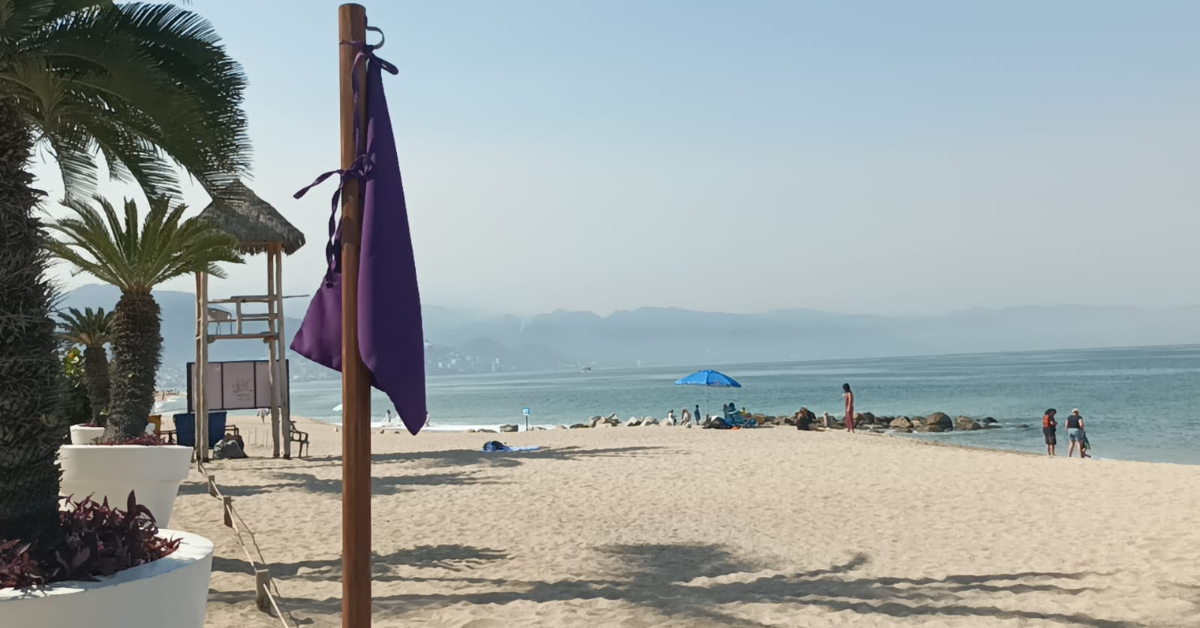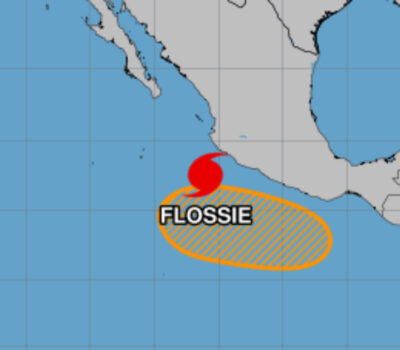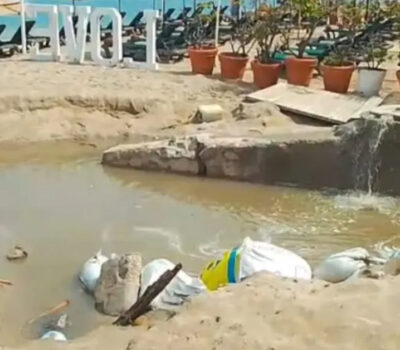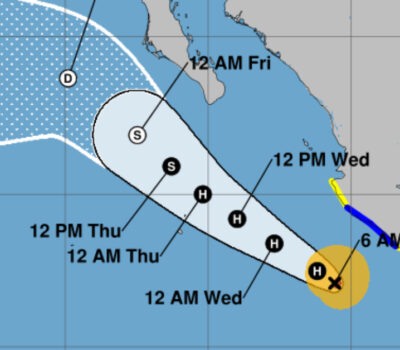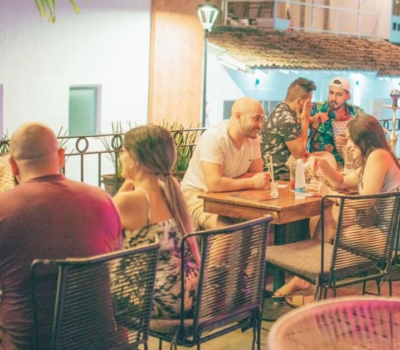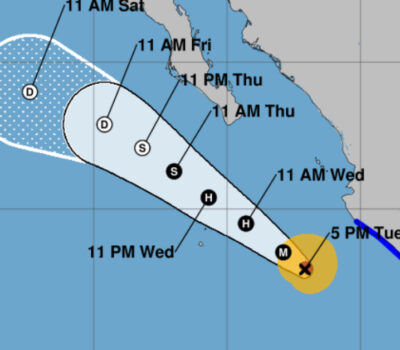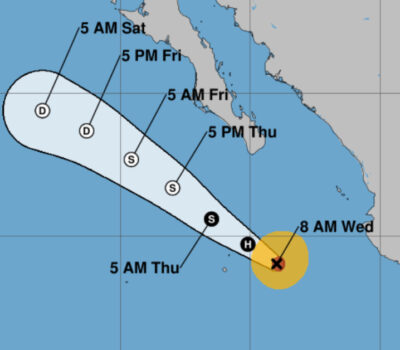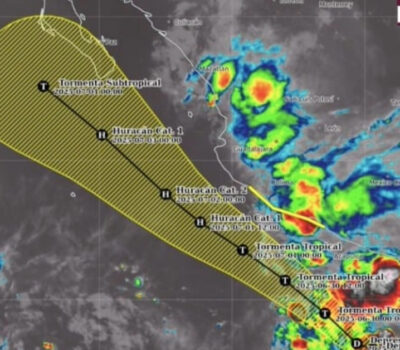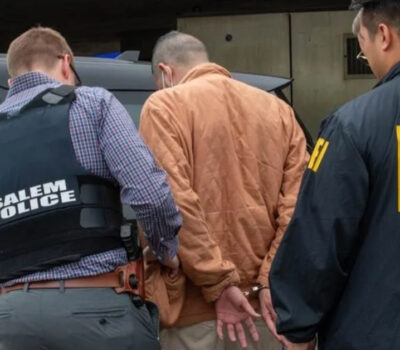Puerto Vallarta, Mexico – Visitors heading for a dip along Puerto Vallarta’s celebrated shoreline over the Easter holiday will find a new warning rippling in the breeze: rows of purple flags fluttering from Boca de Tomatlán to San Pancho. The signal denotes “dangerous marine life,” and officials say it currently applies to nine out of every ten local beaches.
“Swimmers are asked to exercise extreme caution, be aware of the color of the flags, and if they see either a crocodile or a jellyfish, report it immediately to our lifeguards, who are on alert,” said Salvador Castellón, head of the Lifeguard Department within Puerto Vallarta’s Civil Protection and Fire Department. Castellón confirmed that the coastline is experiencing simultaneous appearances of Physalia physalis—better known as the Portuguese man‑of‑war—and juvenile American crocodiles in surf zones.
The heightened alert follows a string of recent incidents. On Monday, Civil Protection teams raised red and purple flags at Holi and Flamingos beaches after tourists spotted a two‑meter crocodile cruising just beyond the break, prompting a temporary closure of both stretches of sand.
Only days earlier, officials warned vacationers to handle—or better, not handle—washed‑up jellyfish after dozens of swimmers reported painful stings near Hotel Zone beaches such as Playa de Oro and Las Glorias.
What the purple flag means
Under the international beach‑safety flag system used in Jalisco, purple indicates the presence of potentially dangerous marine fauna. Unlike red flags, which prohibit swimming because of rough surf, a purple flag does not automatically close the beach; instead, it asks swimmers to make an informed choice. Civil Protection personnel have been patrolling from dawn to dusk and broadcasting bilingual advisories over loudspeakers to keep tourists informed.
Why so many sightings now?
Marine biologists attribute this spring’s surge in Physalia to warmer‑than‑average sea‑surface temperatures in Bahía de Banderas, which can push colonies of the siphonophore into shallow coves. Crocodile activity typically spikes in late dry season as estuaries shrink and juveniles wander in search of food. “It’s an unfortunate overlap of two very different species following the same warm‑water cues,” said University of Guadalajara marine ecologist Dr. Laura Ramos, who is assisting the city with daily shoreline surveys.
Safety tips for beachgoers
- Check the flag pole before entering the water. Purple or red? Think twice.
- Scan the surface. Portuguese man‑of‑war float with a translucent, balloon‑like crest; tails can trail nearly a meter beneath.
- Shuffle, don’t stomp. Dragging your feet in the shallows gives stingrays and small crocs advance warning.
- Report sightings. Lifeguards can relocate crocodiles or clear clustered jellyfish quickly if alerted.
- Treat stings properly. Vinegar for jellyfish; never use freshwater, which can worsen envenomation. Seek medical attention if you feel shortness of breath or dizziness.
Looking ahead
Castellón said the purple flags will remain in place until lifeguards record 72 consecutive hours without sightings. “Our priority is prevention,” he emphasized. “If we all stay vigilant, we can enjoy the ocean safely during these holidays.”
Civil Protection will post real‑time updates on its social‑media channels and has added extra patrols at sunrise and dusk—the hours when crocodiles are most active—to reassure the tens of thousands of tourists expected this weekend.
For now, officials stress that Puerto Vallarta’s beaches remain open but demand respect. “The bay is teeming with life,” Castellón said, “and that’s part of its magic—provided we give that wildlife the space it deserves.”
Puerto Vallarta, Mexico - Visitors heading for a dip along Puerto Vallarta’s celebrated shoreline over the Easter holiday will find a new warning rippling in the breeze: rows of purple flags fluttering from Boca de Tomatlán to San Pancho. The signal denotes “dangerous marine life,” and officials say it currently applies to nine out of every ten local beaches.

